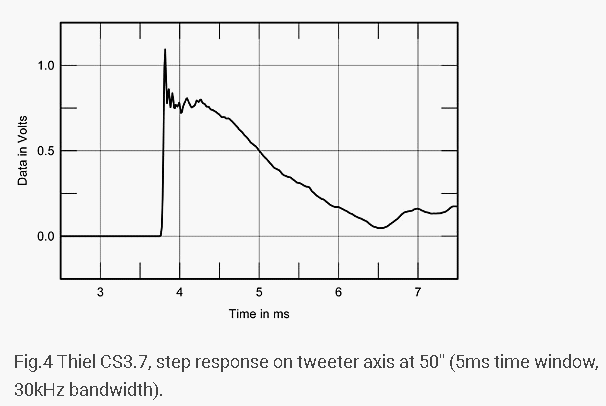|
The Redpoll shares the same design concept as the Finch in that both are based on 1st order networks. The only reason I’m doing this is to preserve as much of the sound of the Flycatcher-V as possible. Using higher order networks would mean greater delay between the woofer and the tweeter and that is what I’m trying to avoid.
The RAW response of the Wavecor is in Fig 1. Disregard the deep notch at 150Hz. That is caused by a floor bounce in my measuring setup. Apart from that, we can see the Baffle Step from using a narrow front baffle of 8-1/2″. At 3.5kHz, the response starts to climb, eventually peaking at 6kHz. This is likely the area where the cone breakup occurs.
The Blue plot in Fig 2 is the Wavecor with a 1st order network. I needed to use a zobel otherwise the 6kHz peak will not be attentuated by -20dB. This is important because if it is not suppressed sufficiently, it will contaminate the treble.
The Black plot in Fig 3 is the RAW response of the CAT378 with her surface mounted. There’s no necessity to have her flush mounted because the horn loading does not create any baffle diffraction. The Red plot is with a 1st order filter.
Fig 4 shows the acoustic crossover of the Wavecor and the Morel with 1st order electrical networks. I would love to have the Wavecor 6kHz peak lower but that would add more complexity and cost to the crossover. Since the peak is at 6kHz, I’m hoping that it will not present an issue during auditioning.
The crossover passband is in Fig 5. No cancellations are observed, indicating the two drivers are summing well. The woofer 6kHz peak caused a small notch in the treble. I can eliminate this by taming the 6kHz peak but I doubt it is audible.
The final frequency response of the Wavecor WF182BD03-04 with the Morel CAT378 is in Fig 6. This is a stunningly flat response. Even the bass from 100Hz~60Hz is at the same level with the mids and highs.
To check on the alignment of the woofer and the tweeter, I flipped the tweeter wires around. Now they are connected In-Phase. It resulted in a notch centered at about 2.1kHz. The null is not deep but is quite acceptable. I can get a nicer looking notch by tweaking the crossover but it’s not going to improve the musical quality of the speaker.
The Waterfall plot in Fig 8 shows the artifacts in the treble. Most notable is the streak at 6kHz. This comes from the 6kHz peak of the woofer. Even though it is 5dB below the tweeter, the effects of it is picked up. Fortunately, it is inaudible.
The Toneburst plot (Fig 9) is another view of the artifacts. This time round, the z-axis is in cycles instead of time. The light blue slices are the unwanted energy, meaning artifacts. The most prominent are those from 4kHz~15kHz. They are not from the tweeter but the woofer cone breakup underneath the treble.
The Spectrogram (Fig 10) is a 2-D view of the frequency response. The x-axis is in frequency but the y-axis is in time (msec). From this plot, we can see the excess energy of the woofer and tweeter. The ideal behavior is below the 0 reference on the y-axis. What is above 0 is what we’re interested in. Starting with the treble, there are small hills along the way from 3kHz~20kHz. These are the artifacts. They are of no consequence because they don’t last more than 1msec. What is more important are those from 1kHz~2kHz. There are a few green streaks recorded but again, they are not serious. They are -50dB below the fundamental and are fully dissipated by 6msec. Basically, inaudible.
The Harmonic Distortion of the Redpoll is what one would expect from quality drivers. The 2nd and 3rd harmonics are about -56dB below the fundamental. There are no spikes along the way. THD from H2-H9 is at -47dB.
The Redpoll is quite a friendly load for power amplifiers. The lowest impedance (Fig 12) is 5Ω which comes from the Wavecor. The Bass Reflex tuning is clearly seen at about 50Hz. The electrical phase has no anomaly. From 200Hz~20kHz, the phase is between +-30°.
This is where it makes all the difference. The Redpoll Step Response (Fig 13) is incredible. The reaction of the Wavecor is instantaneous. Only at 60% did she start to slow down. At the peak, she is at 295microsec. This can only be achieved with 1st order filters. If I had used higher order filters, the woofer delay will be about 400microsec. Worse still, the the take-off is not vertical but a gradual climb.
Sound of Redpoll The Redpoll is as close to natural sounding music as you can get. There is almost no delay from the woofer, well at least to 60% of the attack. Can I get it to 100%? Yes, that is what Time Coherent speakers is about. To achieve that, I will have to do it like in the Thiel. Tilt the front baffle backwards. This will align the acoustic center of the tweeter to the woofer. At the correct angle, the Step will be a straight line like in the Thiel CS3.7. It’s just a bit more work. I’m already 90% there.
Designing the Redpoll has been highly satisfying. I’ve always been fascinated by the Thiel, Dunlavy and Vandersteen with their Time Coherence concept. The Redpoll is not 100% Time Coherent yet but for me, she’s good enough. In practice, perfect Time Coherent is only at one point in space. When the microphone is moved out of that position, the step is no longer perfect. I’m not one that can’t see the forest for the trees. Unless otherwise stated, all measurements were made in Full Space (4pi). Mic at 36 ins, tweeter axis. Impulse Window=5ms. No smoothing applied. |

January 14, 2024HIFI DRIVERS, Projects
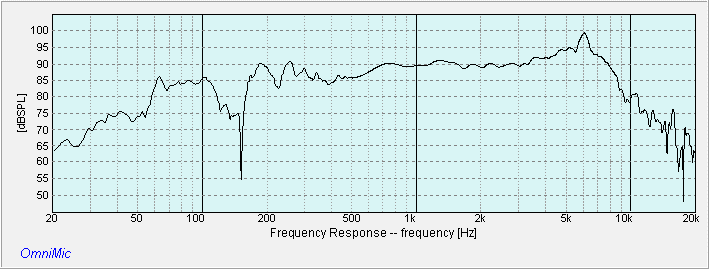 Fig 1 – Wavecor WF182BD03-04 RAW response • 13 liters BR • Baffle Width=8-1/2″
Fig 1 – Wavecor WF182BD03-04 RAW response • 13 liters BR • Baffle Width=8-1/2″ Fig 2 – Wavecor WF182BD03-04 with Low Pass filter
Fig 2 – Wavecor WF182BD03-04 with Low Pass filter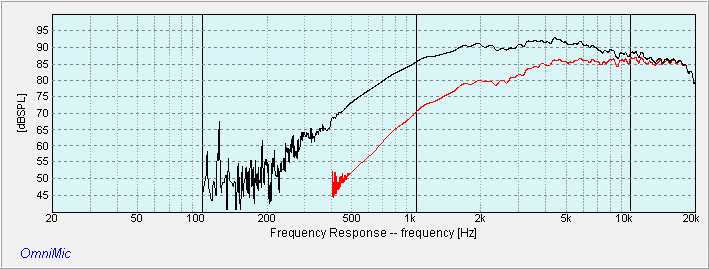 Fig 3 – Morel CAT378 with High Pass filter
Fig 3 – Morel CAT378 with High Pass filter Fig 4 – Wavecor with Low Pass • Morel with High Pass
Fig 4 – Wavecor with Low Pass • Morel with High Pass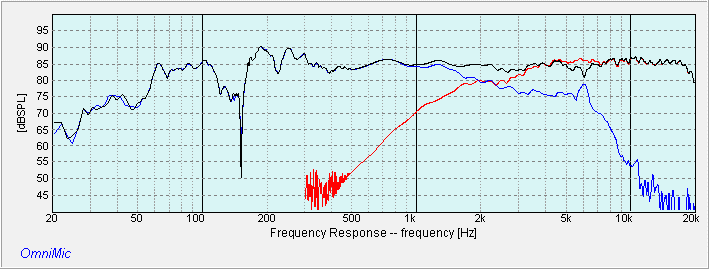 Fig 5 – Crossover Passband
Fig 5 – Crossover Passband Fig 6 – Redpoll Frequency Response
Fig 6 – Redpoll Frequency Response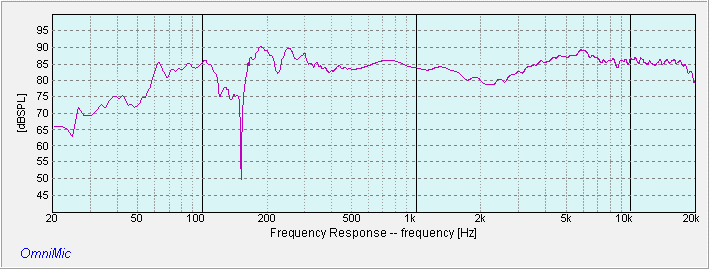 Fig 7 – Redpoll Null Response
Fig 7 – Redpoll Null Response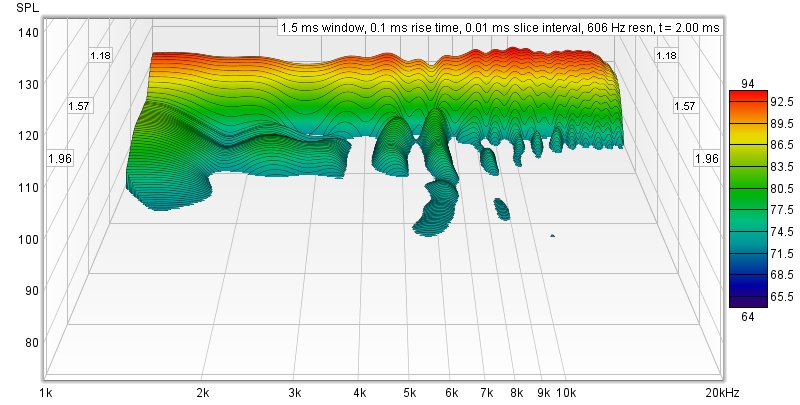 Fig 8 – Redpoll Waterfall Plot
Fig 8 – Redpoll Waterfall Plot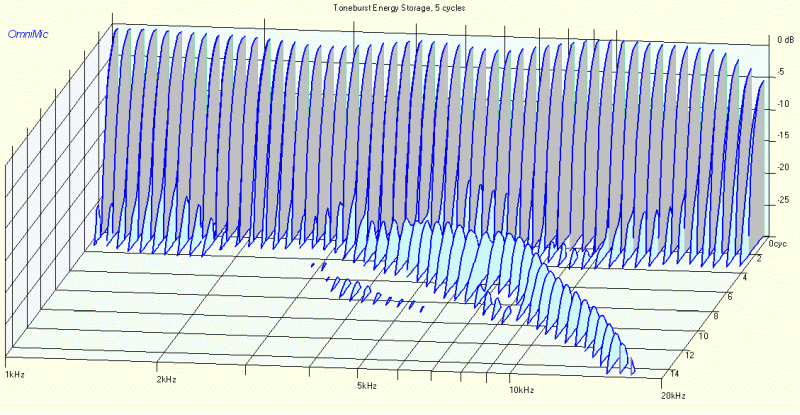 Fig 9 – Redpoll Toneburst Energy Storage
Fig 9 – Redpoll Toneburst Energy Storage Fig 10 – Redpoll Spectrogram
Fig 10 – Redpoll Spectrogram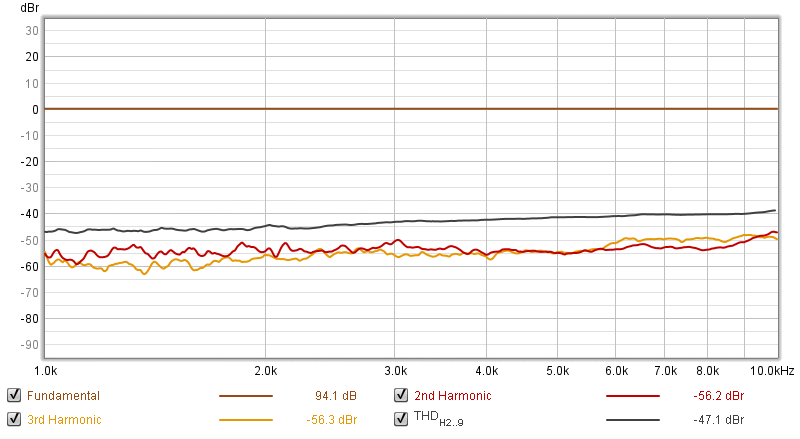 Fig 11 – Redpoll Harmonic Distortion
Fig 11 – Redpoll Harmonic Distortion Fig 12 – Redpoll Impedance
Fig 12 – Redpoll Impedance Fig 13 – Redpoll Step Response
Fig 13 – Redpoll Step Response